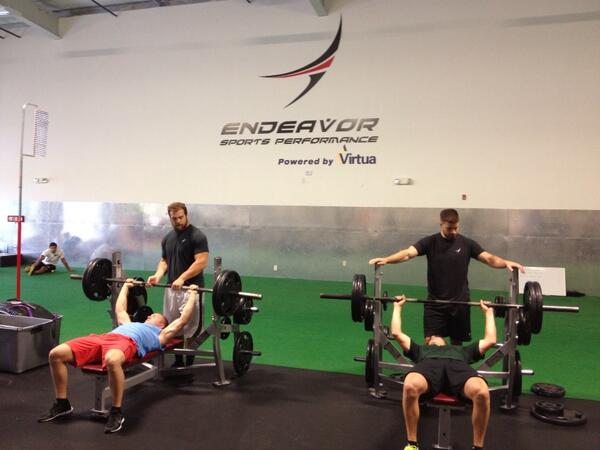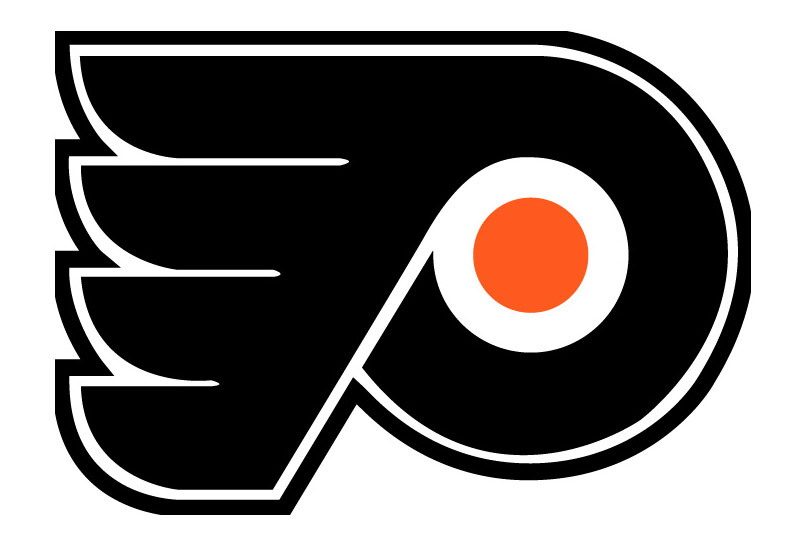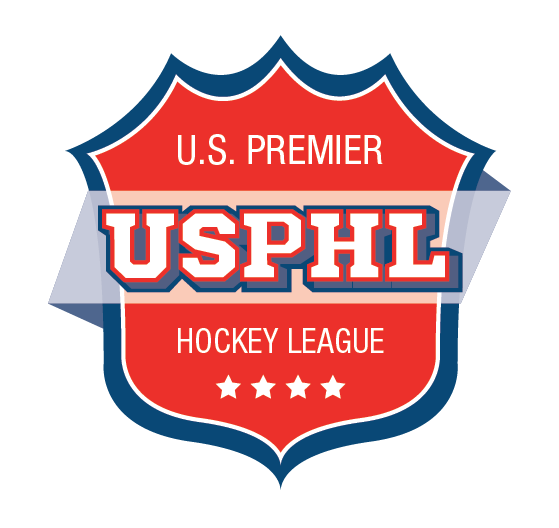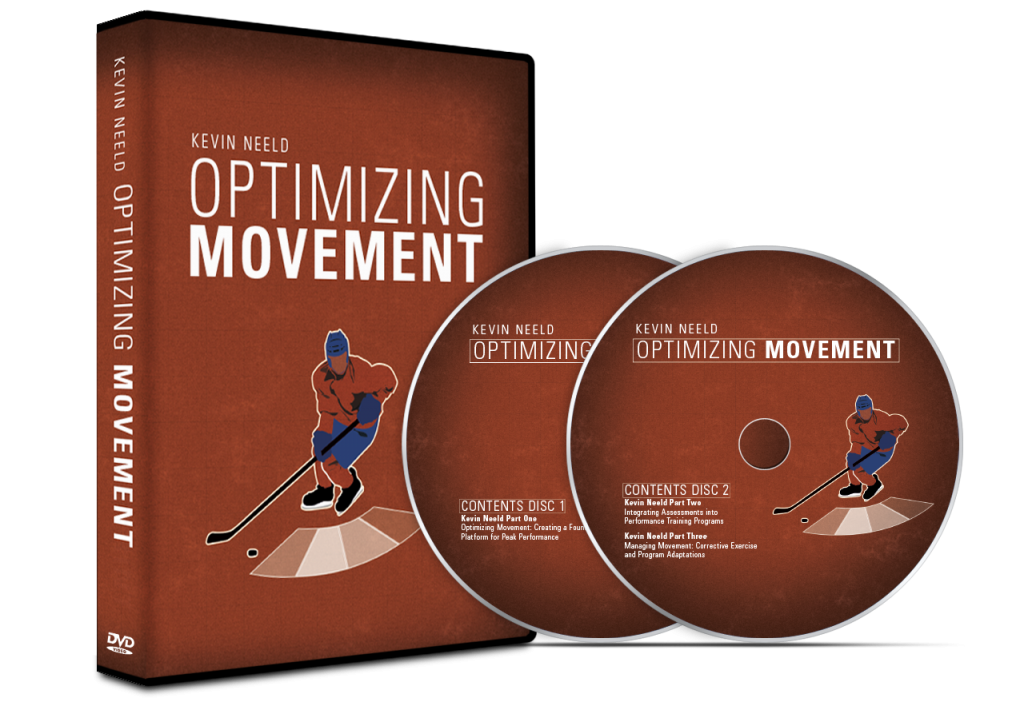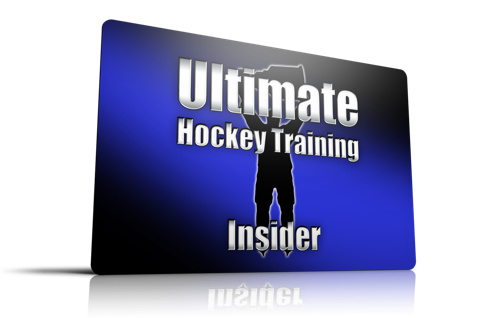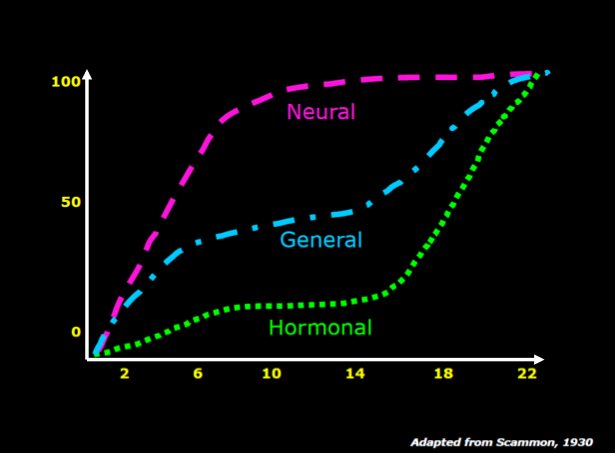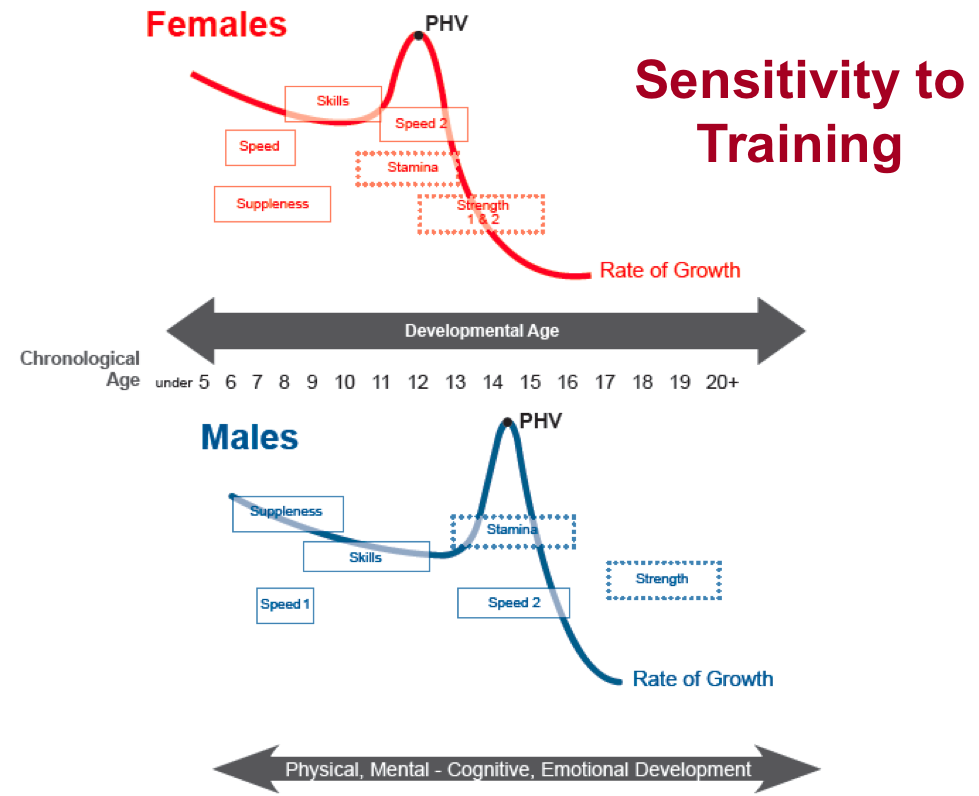In the last two segments of this series, I outlined the exact pre-season testing we did with the new USPHL team I’m working with this season, and how I present the testing results to players. If you missed those posts, you can check them out here:
Today, I want to expand on the player reporting post by sharing how I conveyed this information to the coaching staff as well as how I use it to dictate the player’s programs.
Coaches Report
When thinking about how I wanted to convey testing results to the coaching staff, I tried to put myself in their shoes and consider what I would want to know. Naturally, the idea is present the data in a way that answers the questions, “What did you test?” and “How did everyone do?”
What did you test?In typing up the coaching report, I identified and described the body composition test and each of the performance tests we did. The descriptions included the purpose of the test, how to interpret the results, and any notable limitations. These sections were meant to give the coaching staff a basic understanding of the point of each test and a means of interpreting the information. As an example, we used a 3-site skinfold body fat analysis. At our facility, I typically use a 12-site analysis and analyze the information using both Poliquin’s BioSignature Modulation and a simple 7-site equation. With a team’s worth of kids to test and not much time to do it, performing a 12-site analysis on each player wasn’t realistic. I don’t put a lot of stock in the 3-site as far as knowing exactly what the individual’s body fat is, but it still serves as a good screen to identify players that will need to reign in on their nutrition during the year and helps connect some dots regarding any connection between body composition and the other performance test scores we see. This, I feel, is important for the coaches to be aware of; in this case the test is more of a screen for outliers than anything else.
How did everyone do?In each section, after identifying and describing the tests, I broke down the data into three sections:
- Team Summary
- Whole Team Performance
- Performance By Position
The Team Summary included the Best, Worst, and Average scores for the team as a whole, the forwards, the defensemen, and the goalies. This provides a birds eye view of the average and range of performances on each test. The Whole Team section included each players performance ranked from best to worst. This expands on the Team Summary by showing the coaches exactly how each player performed and where they fell relative to the team. The By Position section expanded on this same concept by showing the data by position. In this format, the coaching staff can see how the team did, how each individual did, and how players rank against their teammates, both in terms of the team as a whole and by position. Ranking by position I feel provides more information than ranking the whole team together because it rules out being ranked higher or lower based on position-specific adaptations.
At the end of the Coaches Report, I included all of the individual Player Cards so the coaches could see all of the testing for a given player in one place, see how this information would be conveyed to the players, and see the notes I included for each player. For the players I had prior testing data for (those that trained with us this Summer), I also included their pre- and post- comparisons so they could see how each kid progressed over the off-season. In total the report was 48 pages, but it had all the information I wanted to get across!
Programming Considerations
There are a lot of different ways to utilize the data we collected, but how we’ve moved forward depends a lot of logistics and on other goals of the program. To address this latter point, this team is about two weeks old at this point, so a major goal is to start to establish an identity. In other words, we, as a team, need to develop the culture for how things will be handled off the ice. To a lot of these players, EVERYTHING is new, from training as a team in general, to the exercises (and their names), to the layout of the program. As a result, we’re keeping things fairly basic in the lifts, with the intent of teaching key movement and positional concepts that will create a foundation to build off in the future. As far as applying testing data, testing loads will be used to drive percentage-based training load recommendations for a number of lifts moving forward.
Matt Siniscalchi and Matt Sees spotting the kids during their Bench Press 3-RM Test
The neutrality/mobility assessments were used to create each player’s corrective algorithms, with players having as few as 2 and as many as 4 corrective exercises that they’ll need to do on a regular basis. The correctives are basically a mix of exercises based on PRI and FMS methodology, as I describe in Optimizing Movement. The players are put into buckets based on their specific findings, such that each player has an individual corrective sequence, but there are really only 9 different exercises that we need to teach. In this way, we can deliver exactly what the player needs without being overwhelmed by teaching each player completely different exercises from each other player. Realistically, the first time or two through (in a team setting) is always just a learning process, and the real “magic” won’t take place on a team basis until everyone gains a basic level of mastery over their exercises.
Similarly, players are given extra conditioning work based on their assessment findings. Through our conditioning test, we were able to get:
- Fastest Shuttle
- Shuttle Average
- Sprint Decrement (A statistical measure assessing drop-off from the initial sprint with each successive sprint)
- Max Heart Rate
- Average Heart Rate
- 60s Heart Rate Recovery
- Estimated Anaerobic Threshold
Using all of this information, we’re able to gain some insight into what an individual’s conditioning needs may be an add in some extra work to keep them moving in the right direction. Naturally, the majority of the training stimulus for the kids is coming from on-ice work at this time of year, so we don’t want to bury them with off-ice work. The general schedule at this point is:
- Day 1: Day 1 Team Lift; Individual Correctives
- Day 2: Individual Correctives; Individual Conditioning
- Day 3: Day 2 Team Lift; Individual Correctives
- Day 4: Open Hours for Manual Work; Extra work dependent upon upcoming game schedule
As I’ve said in the past, in my mind everything is always a work in progress and always in some part of an evolution. The assessments, corrective algorithms/exercises, program design methodology, and scheduling I’ve set up for this program will invariably change as the season goes on and in future years, but hopefully this series gives you an inside look into my philosophy and how I’m approaching things currently. As always, please share this series with your friends and post any comments you have below!
To your success,
Kevin Neeld
OptimizingMovement.com
UltimateHockeyTraining.com
Please enter your first name and email below to sign up for my FREE Athletic Development and Hockey Training Newsletter!


